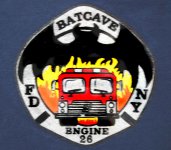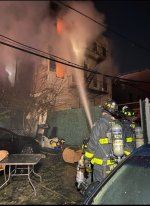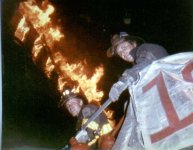- Joined
- Mar 9, 2023
- Messages
- 2,387
2nd Alarm - E211 Instead Of E292.2nd Alarm
E-216,221,259,292
E-207 w/ Sat. 6
L-104,128
B-28(FF)
B-37(RUL)
B-57(Safety)
RB,SB
FC
Tac-1
RM-1
CTU
3rd Alarm
E-217,218,230,291,263(Comm)
L-119,140
B-38(Staging)
B-39(Air Recon)
Rac-1
Mask
Car-15(Chief of Training)
Car-16C (Director of Fire Alarm Operations)
Car-22D (Deputy Director of Fleet Services)
Car-33 (Medical Officer Brooklyn SI Queens)
Car-24 (Director of Technical Services)
Car-12C (Safety Liaison)
Car-22C (Director of Fleet Services)
3rd Alarm - E230, E291, E217, E218, E263CU
L123 act. L106E-202 Act. 229,65
L-123,153 Act. 146
B-58,48
L112 s/c To Relief The FAST Truck.Nice rundown. L112 10-84 as well.
--------------------
(5) 10-45 Code 4's.
Under Control. @07:02 (Duration 3hr, 4 Min)
157 Act. 146
Last edited:



